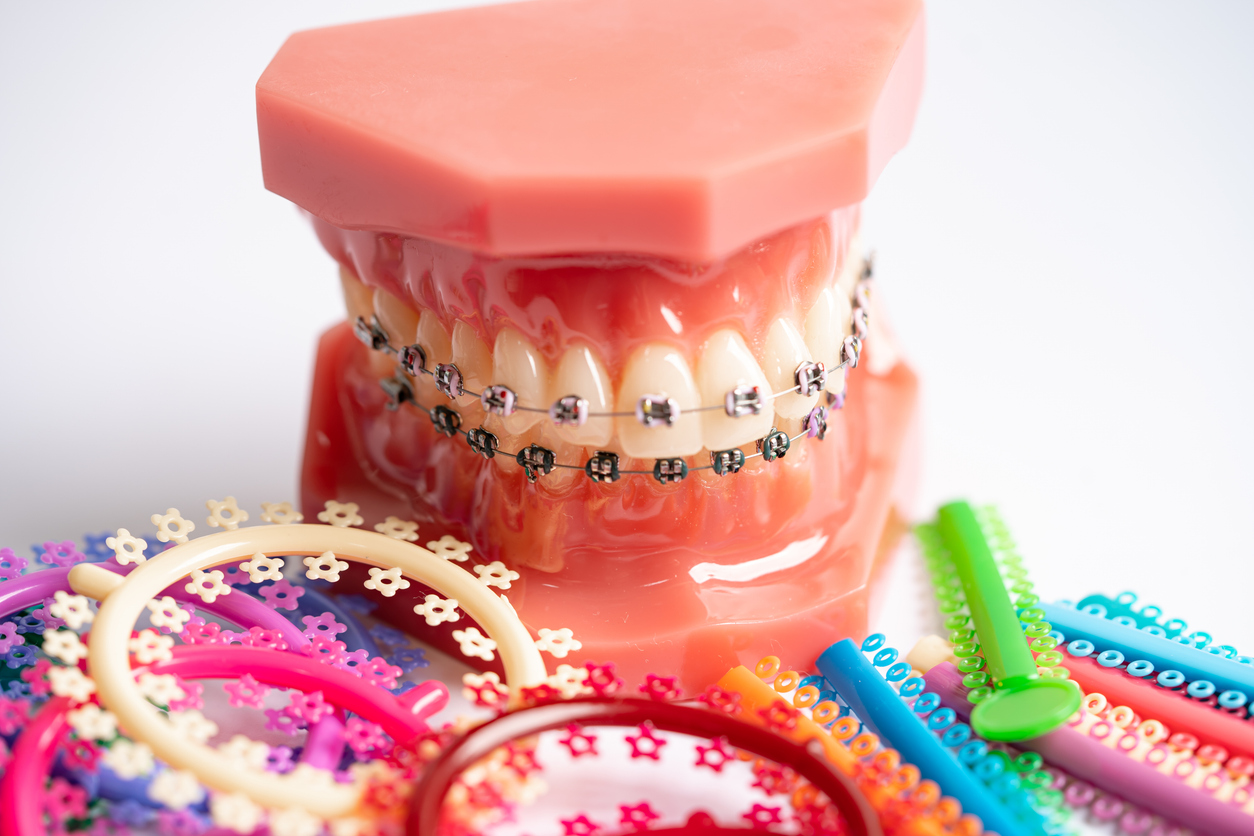Braces are one of the most commonly employed tools in dentistry to improve the appearance of one’s teeth. Most individuals will wear braces for at least some period of their life. Regardless, there are many different kinds of braces, and choosing the right fit for your dental situation can be paramount to having a successful treatment overall. On the contrary, choosing the wrong type can inhibit the success of your dental work. If you are due to receive braces or suspect that you would benefit from the orthodontic treatment, take a look at this guide that describes the various types of braces that are available.
What Are Braces?
For most people, braces need no introduction. These are arguably the most commonly used orthodontic fixtures of those currently available to patients. Braces most often take the form of metal bands that wrap around the teeth, helping to mold them into a more pleasing aesthetic shape.
Types of Braces
There are several different types of braces, each one filling a niche in terms of the types of orthodontic issues that they are designed to support. Picking the right type for your situation is essential for achieving the highest level of care possible.
Traditional Braces
Traditional braces are the image that pops into most people’s minds when they think of braces. Also known as fixed braces, these mechanisms consist of a system of stainless steel brackets and wires that help to straighten the teeth. These types of braces are renowned for their efficacy but carry with them a number of negative cultural stigmas, mostly owing to their sometimes awkward appearance.
That being said, advances in technology have made these types of braces more efficient, smaller, and less cumbersome. Together, these changes have diminished the amount of space they take up on the teeth so they are less visually apparent.
Ceramic Braces
Ceramic braces follow the same conceptual framework as traditional braces but are colored to look similar to one’s natural teeth. This makes them more inconspicuous in the mouth. These braces are made out of ceramic materials rather than metal. This means that one must be slightly cautious with these braces, as ceramic materials are generally more brittle than metal.
Clear Aligners
Clear aligners have become much more common in the past couple of decades. These braces appear like transparent trays that are customizable and fitted to a patient’s teeth. This makes them completely invisible to the naked eye, eliminating some of the embarrassment that can come with traditional braces.
On the downside, these braces are more expensive than traditional braces. In addition, they are not sturdy enough to handle and repair some of the more severe dental issues that can arise. This means that individuals with severe dental problems should seek out more traditional braces despite their appearance.
Self-ligating Braces
These types of braces have become more popular in recent years due to the fact that they are generally less painful than traditional braces. These braces are additionally much easier to adjust than traditional braces and are considered slightly less painful. On the downside, these braces are typically more expensive than traditional braces.
Lingual Braces
Lingual braces are very similar to traditional braces but are affixed to the back of the teeth rather than the front. This means that they are less visible to observers. On the downside, these braces tend to take longer to perform their work, meaning that patients will have to keep them in for a longer period. In addition, these types of braces are harder to adjust and are slightly more expensive than traditional braces.
Functional Braces
Functional braces refer to a subclass of braces that are used as temporary treatments in lieu of more serious braces being installed. There are a few different types of functional braces under this category. You should discuss with your physician whether or not they think that you would benefit from functional braces.
Which Braces Are Right for Me
Determining which type of braces is best for you will depend on several personal factors. Specifically, your choice of braces will be influenced by your economic situation, aesthetic priorities, and dental state. You will need to consult with your dentist when choosing your braces. They will have valuable information about the shape of your jaw and which set of braces is best for you. Together you can reach a satisfying conclusion with your orthodontist in a consultation.
Your Resource for Braces in Yucaipa
Shodhan Dentistry of Yucaipa is one of the most respected oral health centers in the area. If you or a loved one would like to receive dental treatment, contact our office today to set up an appointment to discuss your options.

